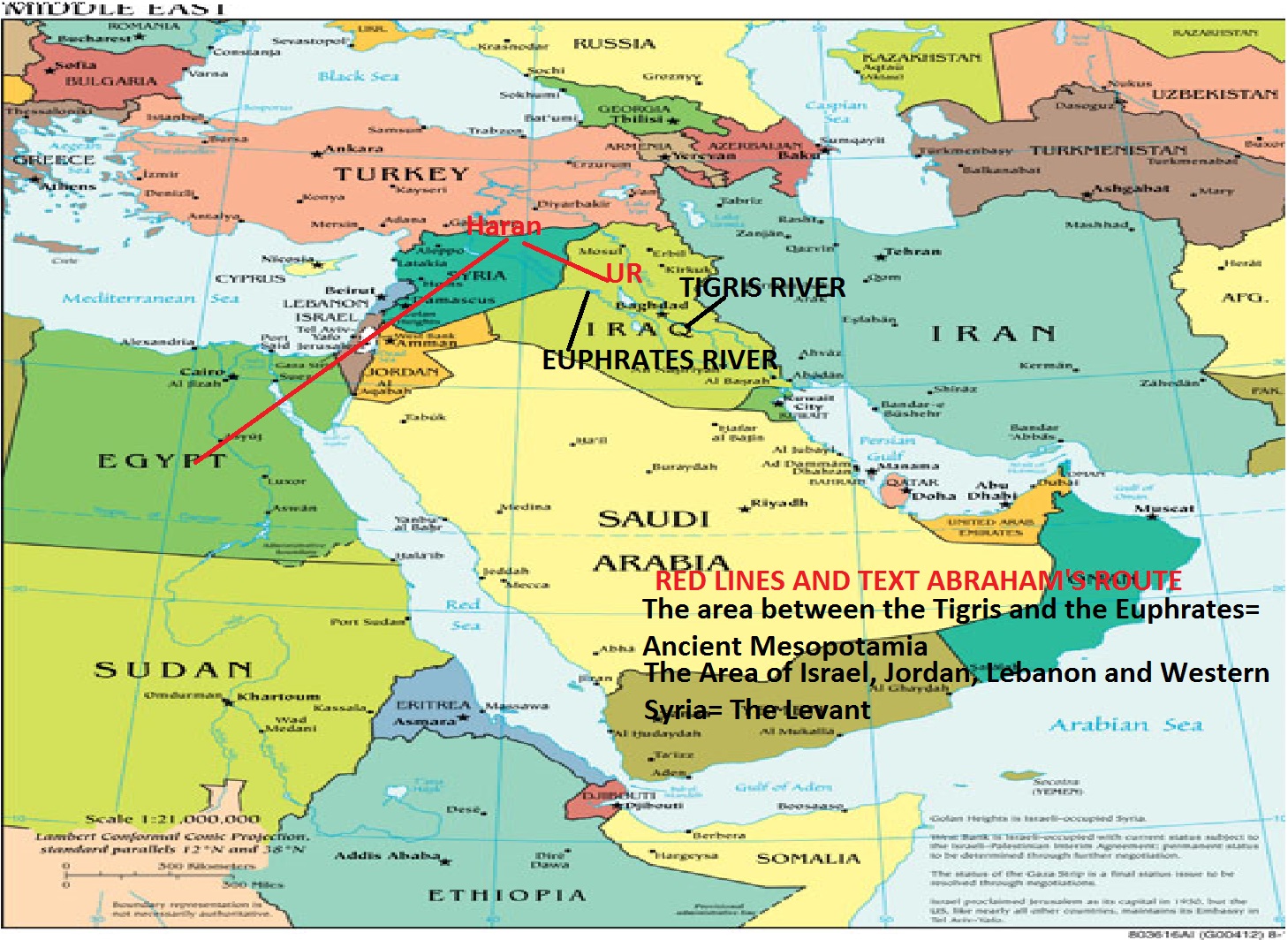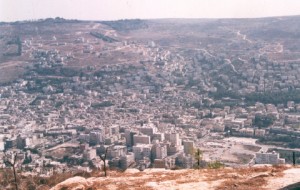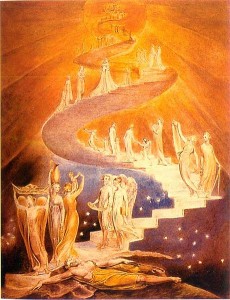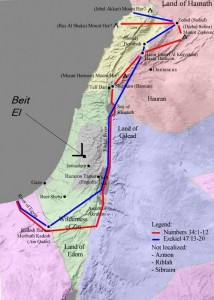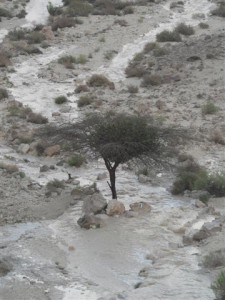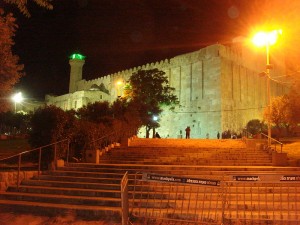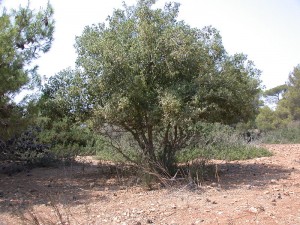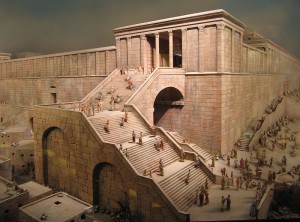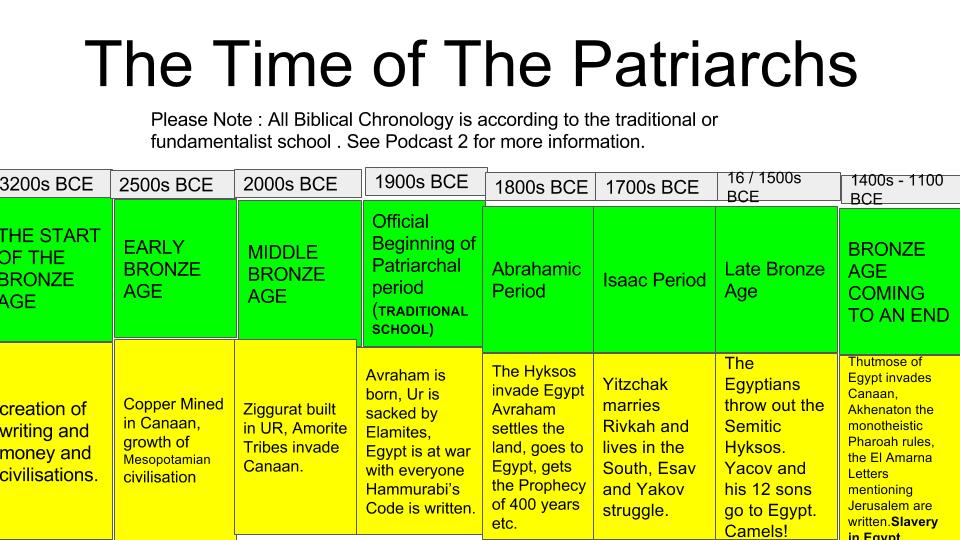
Bibliography
Tanach – The Jewish Bible, an anacronym of Torah (1st 5 books), Nevi’im (prophets), Ketuvim (Witings). Any Hebrew Tanach with clear print will do. preferably with all the major commentaries for this you will need:
Tanach with Mikraot Gedolot.
The Jewish Bible: Tanakh: The Holy Scriptures — The New JPS Translation According to the Traditional Hebrew Text: Torah * Nevi’im * Kethuvim JPS Paperback – November 1, 1985
An English Translation of Rashi on the Pentateuch M. Rosenbaum and A.M. Silbermann (5 vols., London, 1929–34)
Carta Bible Atlas, Y. Aharoni, Hendrickson Publishers, 2015
Archaeological Encyclopedia of the Holy Land, A. Negev , Mackmillan, 1990 (constantly updated)
A Chronology of Israel, A Wolff, 2008
The Jewish People: Their History and Their Religion , D. Goldberg and J Rayner Penguin 1992
Biblical Archaeology Review, Ed. Herschel Shanks, 1975 – present,
The Beginnings of Israel: A Methodological Working Hypothesis, Zecharia Kallai, Israel Exploration Journal, Vol. 59, No. 2 (2009), pp. 194-203
Jar-burial Customs and the Question of Infant Sacrifice in Palestine, WH. Wood, The Biblical World, 36.4 1910
Bereishit (Genesis) Rabbah – A Hebrew midrash, a translation can be found at: http://www.sefaria.org/Bereishit_Rabbah
Midrash Tanchuma – Another Hebrew Midrash, a translation can be found at http://www.sacred-texts.com/jud/mhl/mhl04.htm


